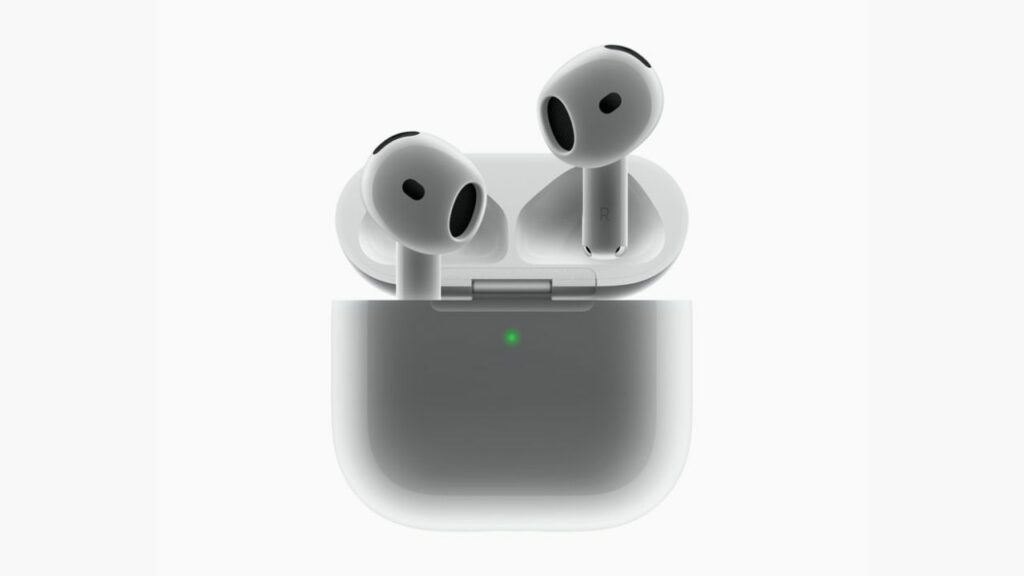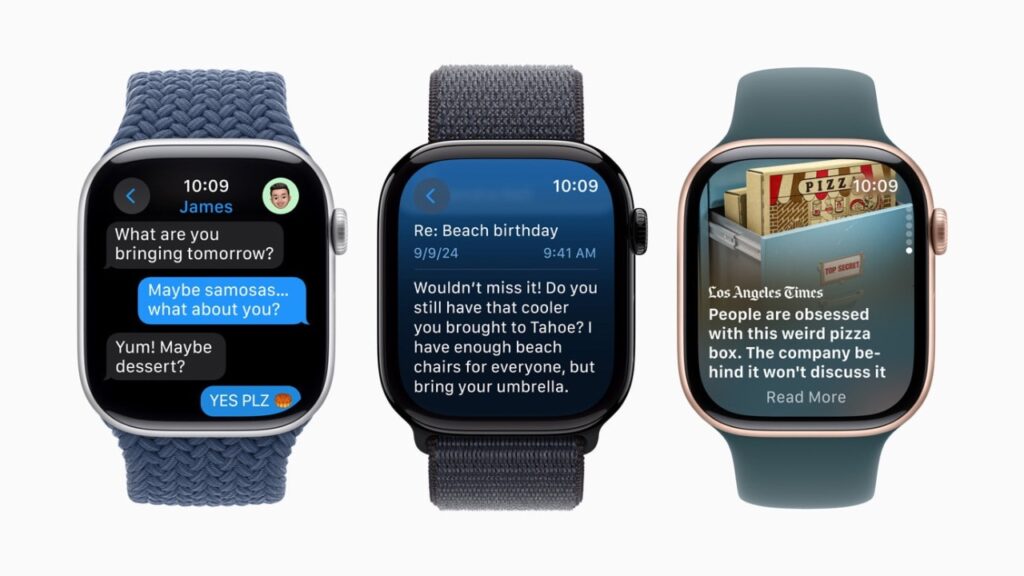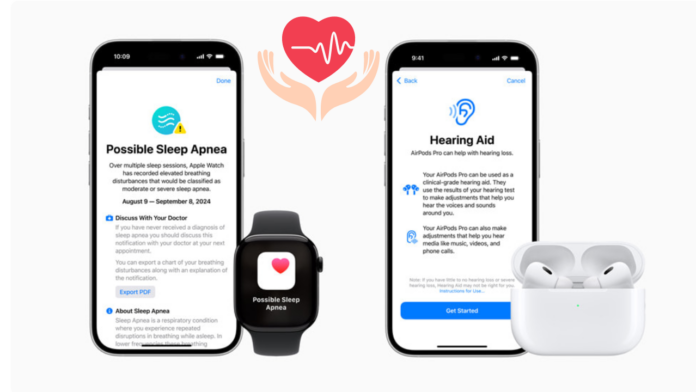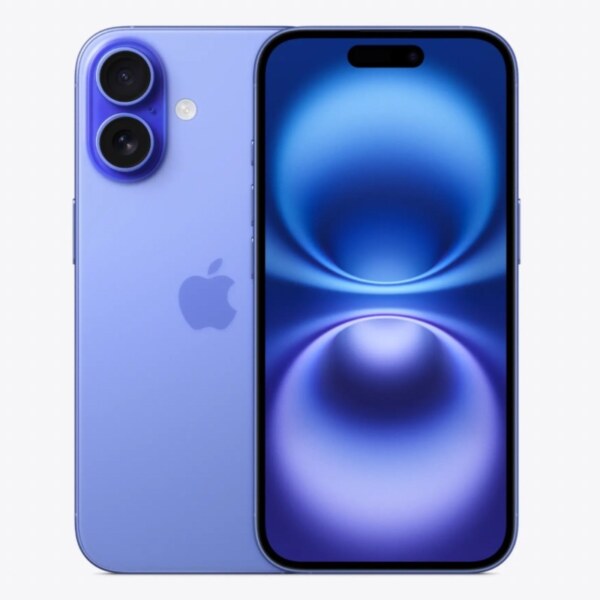On Monday, Apple announced new health features for its Apple Watch and AirPods Pro 2, focusing on hearing health and sleep apnea detection. The company aims to expand its presence in health technology with features that support conditions affecting billions worldwide.
Sumbul Desai, M.D., Apple’s Vice President of Health, highlighted Apple’s commitment to health. “We continue to offer our users the ability to uncover important health conditions with new sleep apnea notifications, while features on AirPods Pro bring hearing health front and center.”
Hearing Health on AirPods Pro 2
Apple’s AirPods Pro 2 are set to become the first device to offer a comprehensive hearing health experience. The updated earbuds will include an over-the-counter Hearing Aid function, a clinically validated Hearing Test, and active Loud Sound Reduction. These features are expected to receive marketing authorization from global health authorities soon and will be available this fall in over 100 countries, including the U.S., Germany, and Japan. The Hearing Test and Aid features will work with AirPods Pro 2, paired with a compatible iPhone or iPad.
The hearing test is based on pure-tone audiometry, a standard clinical procedure for hearing evaluation, and can be conducted at home with an iPhone or iPad. It will give users an easy-to-understand summary of their hearing health, which they can share with healthcare providers.
“Hearing health is essential for overall wellbeing. Protecting and preserving our hearing enhances our quality of life both in the short-term and long-term,” said Rick Neitzel, a professor at the University of Michigan School of Public Health and principal investigator of the Apple Hearing Study.
Is Apple’s Hearing Aid Feature a Boon?
Apple’s decision to introduce a hearing aid feature in its AirPods Pro 2 was one of the main announcements at Apple Glowtime Event 2024, and it can potentially be a game-changer in the hearing health sector. This move represents a significant change in how people can access and use hearing assistance.
By including an over-the-counter (OTC) hearing aid feature in its AirPods Pro 2, Apple is making it easier for many users to access this technology. Traditional hearing aids can be expensive, ranging from hundreds to even thousands of dollars, depending on the technology and features. With this feature in a widely available consumer product, Apple is making hearing assistance more accessible. Users can buy the device without needing a prescription or a visit to an audiologist, potentially reducing both the cost and the time required.

Traditional hearing aids are often costly due to the expenses associated with professional fitting and customization. Apple’s approach integrates the hearing aid function into a consumer device that people might already want to buy for other purposes, such as listening to music or making phone calls. This integration could significantly reduce the actual cost of getting a hearing aid for mild to moderate hearing loss, making hearing assistance available to millions of users who might not have considered it before.
Many people worldwide are already familiar with Apple’s ecosystem and user interfaces, by integrating hearing aid functionality into AirPods Pro 2, Apple leverages this familiarity, reducing the learning curve associated with using a new medical device. The hearing aid feature can be set up and adjusted via an iPhone or iPad, providing a seamless experience for Apple users. This could be particularly beneficial for older adults who may find traditional hearing aids cumbersome or complicated to use.
Additionally, AirPods are popular and widely accepted consumer devices worn by people of all ages. Integrating hearing aid functionality into such a product reduces the stigma often associated with using a traditional hearing aid. The AirPods Pro 2 looks like any other pair of wireless earbuds, allowing users to benefit from hearing assistance discreetly without drawing attention to their hearing loss.
Sleep Apnea Notifications for Apple Watch
Apple Watch will introduce sleep apnea notifications using a new “Breathing Disturbances” metric. This feature utilizes the watch’s Accelerometer to detect subtle movements associated with breathing irregularities during sleep.

Sleep apnea is a condition where a person’s breathing is repeatedly interrupted during sleep, often resulting in poor sleep quality and reduced oxygen levels. It is associated with increased risks of hypertension, type 2 diabetes, heart disease, and stroke. The condition is believed to affect nearly 1 billion people worldwide, with many cases remaining undiagnosed due to a lack of awareness and limited access to testing.
The “Breathing Disturbances” metric uses the Apple Watch’s accelerometer to detect subtle wrist movements associated with breathing interruptions during sleep. The data is analyzed over 30 days, and users are alerted if there are consistent signs of moderate to severe sleep apnea, prompting them to consult with healthcare providers for further evaluation. The notifications are set to launch this month in more than 150 countries, including the U.S., the EU, and Japan, pending approval from the Food and Drug Administration (FDA) and other global health authorities.
“Empowering consumers to identify abnormal breathing patterns during sleep can help uncover a serious medical condition like sleep apnea,” said Dr. Sairam Parthasarathy, a professor at the University of Arizona.
The sleep apnea notifications will be supported on Apple Watch Series 9, Series 10, and Apple Watch Ultra 2.
Apple’s new feature aims to increase awareness and early detection of sleep apnea by leveraging a device that many consumers already use daily. The continuous monitoring capability of the Apple Watch aims to provide a comprehensive view of a user’s sleep patterns, potentially revealing issues that a one-time sleep study might miss. Apple’s approach also offers a more accessible and less cumbersome alternative to traditional diagnostic methods, often requiring overnight clinic stays or home testing equipment.



